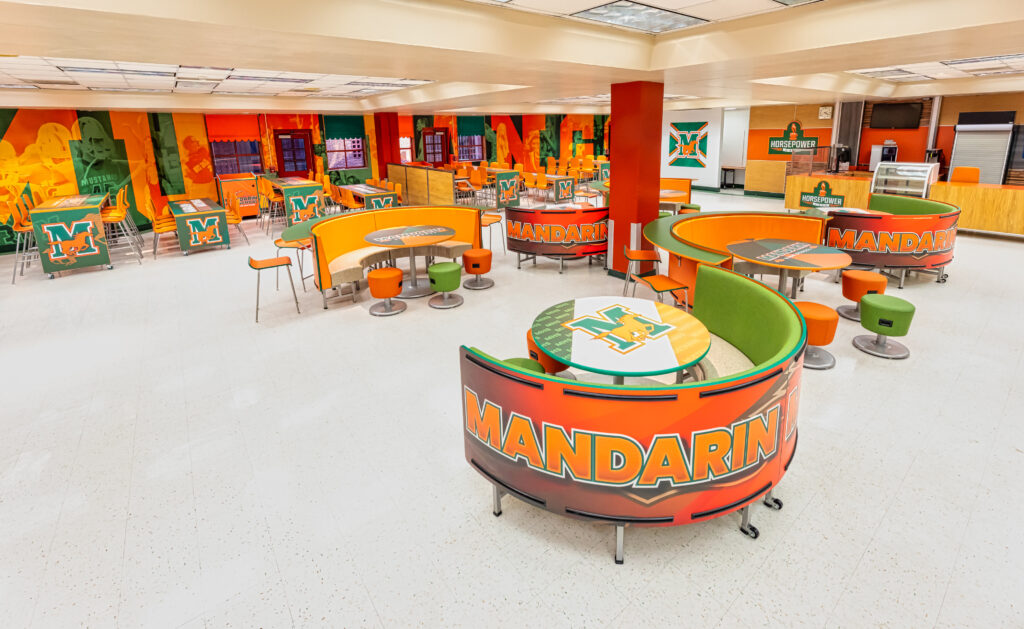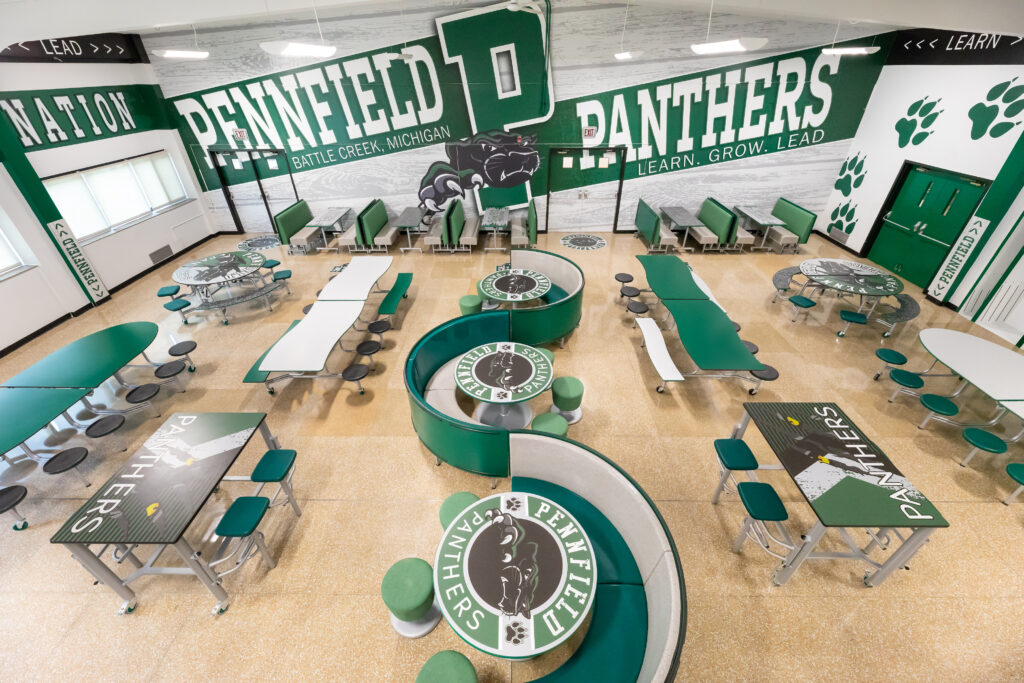In the bustling hallways of educational institutions, where the rhythm of learning pulses through every corner, the significance of nourishing not just the minds but also the bodies of students is paramount. The creation of warm and inviting spaces for school nutrition plays a crucial role in this endeavor. Imagine a school cafeteria transformed into a vibrant oasis, where colors blend harmoniously with natural light, creating an atmosphere that welcomes each student. Here, the mix-and-match furniture selections foster a sense of community, encouraging interactions and friendships. At the same time, smaller booth areas offer a quiet refuge for those seeking solace amidst their busy academic day.
Such environments do more than provide a space for eating; they become nurturing grounds for social and emotional growth.
Such environments do more than provide a space for eating; they become nurturing grounds for social and emotional growth. The nutritious meals served are tailored to the student’s needs, providing a balanced diet that helps them stay healthy. Additionally, the delicious and culturally inspired meals allow students to explore new flavors and gain an appreciation for different cultures. By prioritizing these spaces, schools send a powerful message: the well-being of their students is at the heart of their mission, encompassing not just academic achievements but also physical and emotional health. This approach to school nutrition is a testament to the belief that a well-fed body houses a well-nourished mind, setting the stage for a lifetime of learning and well-being. Let’s explore several key factors in creating a modern, popular, and fun K-12 food court.

Designing Phase
Designing and planning K-12 spaces is crucial for fostering an effective K-12 food court. These spaces should stimulate creativity, facilitate collaboration, and encourage social connections among students. Thoughtful design can significantly impact student engagement, comfort, and overall well-being, ultimately enhancing the educational experience.
Designing an exceptional K-12 food court, is pivotal in maximizing and enhancing the student dining experience. It’s about creating a space that’s more than just a place to eat; it’s an environment that supports social interaction, relaxation, and a sense of community. Optimizing seating capacity is crucial; it ensures every student finds a comfortable spot, reducing congestion and fostering a more enjoyable atmosphere. Collaborating with skilled designers is key to elevating the space. They bring creativity and expertise in layout, color, lighting, and furniture design, transforming the cafeteria into a vibrant, welcoming area that students look forward to visiting daily. This thoughtful design approach significantly contributes to students’ overall well-being and satisfaction, making mealtimes a delightful and integral part of their school experience.
Furniture
Modern furniture in cafeterias plays a pivotal role in creating a welcoming and functional dining space. It not only enhances the aesthetic appeal but also improves comfort and usability. Contemporary designs can accommodate diverse needs, promote social interaction, and reflect a commitment to providing a quality environment for dining and relaxation.
The days of the prototypical long, brown, rectangle tables that students utilize daily are gone. Just as the furniture and experience inside the classroom have changed over the past ten-plus years, so have the aesthetics and functionality of the furniture inside the K-12 food court. More than ever, the focus has been on providing students with a wide variety of unique seating options to enjoy school meals. Just as we adults may have our favorite restaurant that we enjoy, we don’t go there every week, let alone every day.
Just as we adults may have our favorite restaurant that we enjoy, we don’t go there every week, let alone every day.
Students, Monday through Friday, head into their K-12 food court to have their school breakfast and lunch. We don’t have the same environment when choosing where we want to eat, yet we ask students to stay in the same environment every day. This can be modified by adding mix-and-match furniture options, which help students experience their school meals in different places throughout the food court. One day, they may want to have lunch with their friends in a booth system. They may want to sit at the high-top tables the next day and eat breakfast. The more seating options you give your students, the more it allows them to have a brand-new experience every day. Creating modern, popular, and fun experiences largely depends on having amazing furniture for students to enjoy school meals in.

Signage, Graphics, and Décor
Signage, graphics, and décor in school cafeterias serve more than decorative purposes. They guide students efficiently, foster a sense of community, and enhance the overall dining experience. Thoughtfully chosen elements can create an inviting atmosphere, reflect school spirit, and positively influence students’ moods and social interactions during mealtimes.
Nobody wants to be in a bland and boring environment, especially now more than ever. When you step inside classrooms across America, you see an assortment of amazing furniture pieces and design elements incorporated into the classroom. Oftentimes, you walk inside the cafeteria, and you’re greeted with paint that is peeling off the wall, little to no color, and zero sign of school pride. Yet, we are asking students to participate in the school nutrition program despite all this. Adding a splash of color to food court interiors helps create a vision of things to come and elevates school spirit inside food courts. In addition to that, adding custom logos and designs on the furniture allows for a more branded experience for students. Students value seeing their school logos displayed on the walls and tables. Environments that incorporate signage, graphics, and décor encourage more students to participate in school nutrition programs, which is the main goal for K-12 food courts.

Results
Adding in a well-designed K-12 food court that offers a wide range of seating options, along with elements of signage, graphics, and décor, results in a modern, popular, and fun space for students to enjoy their school meals. The results of your now modern, popular, and fun K-12 food court are like a well-made meal. You’ve incorporated all the main ingredients, and now all that’s left is to present it to your customers, aka your students.
Healthy eating and nutritious meals go hand in hand. The goal of K-12 food courts across America is to provide students with nutritious meals for them to enjoy with their friends. A major roadblock for schools is ensuring students eat and participate in school meal programs. Unfortunately, many students don’t participate in the school meals program because of the environment they are in. The solution is creating modern, popular, and fun K-12 food courts that students want to be a part of. When designing your next K-12 food court, be sure to add unique seating options that help simulate a new experience for students every time they step inside their food court. Also, adding signage, graphics, and décor will help your K-12 food court become a destination that students want to be a part of each and every day. We all know the importance of getting healthy meals to get through the school day; a big part of that is getting students to participate during school meals, and their environment plays a huge role in doing that.


